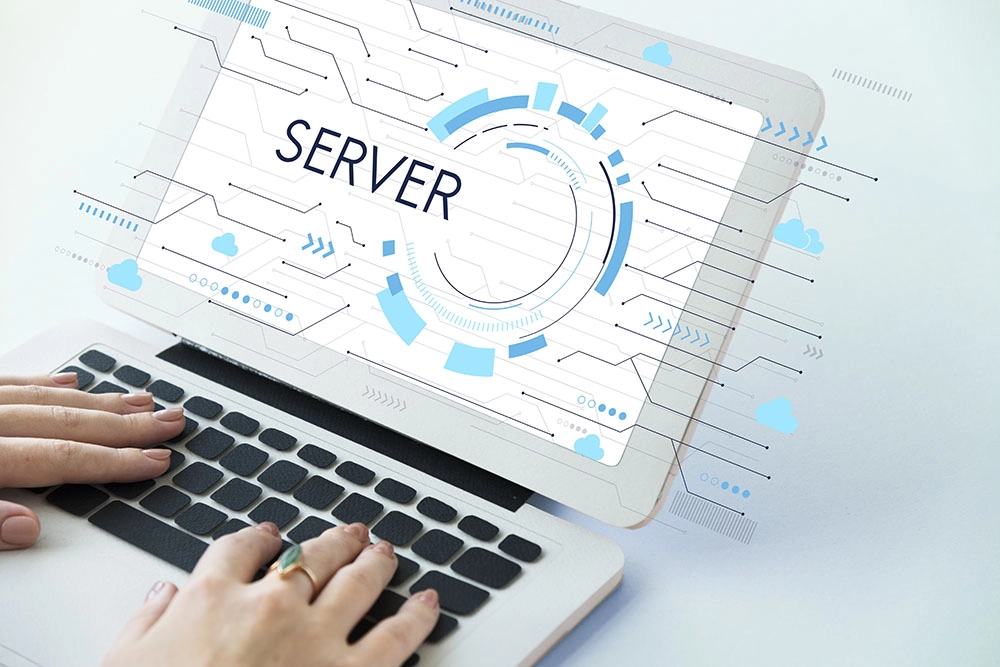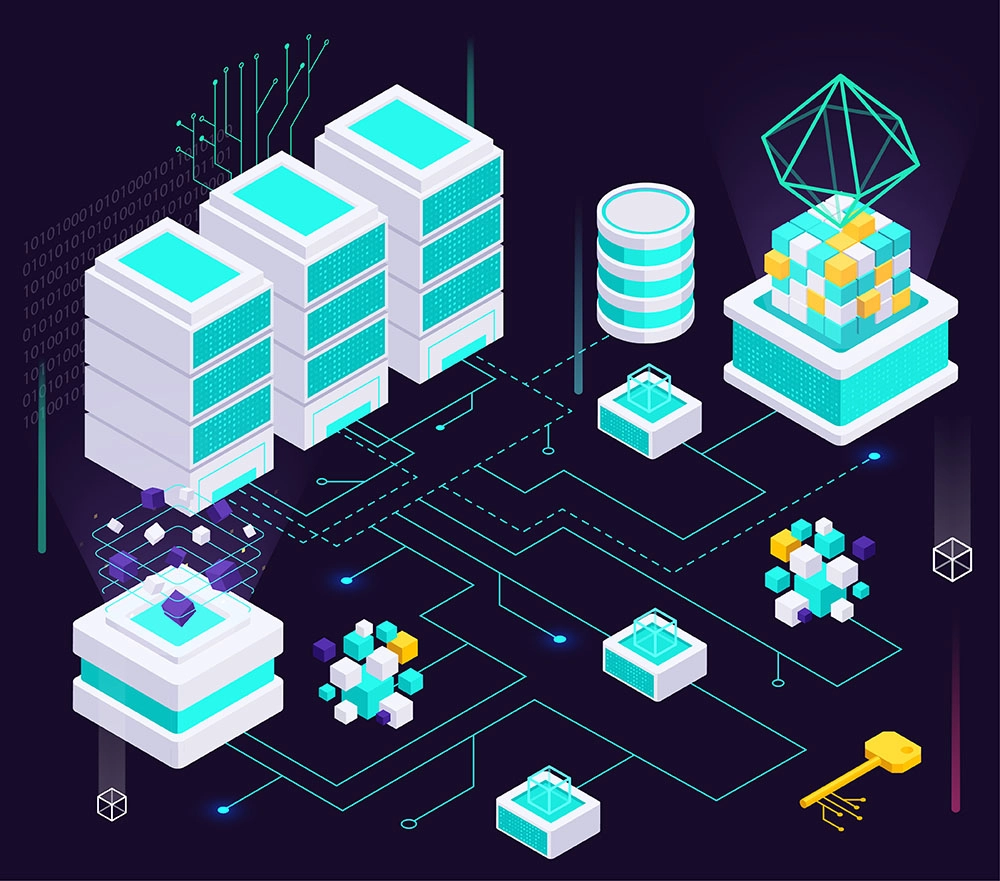
Software delivery models refer to the way software is packaged, deployed, and maintained for end users. This is concerning the logistics and strategies for releasing software products or services to customers, including licensing, support, and pricing. These focus on how the software is delivered, emphasizing aspects like accessibility, scalability, and maintenance.
We deliver software in On-premises, Software as a Service (SaaS), Platform as a Service (PaaS), and Infrastructure as a Service (IaaS) models.

Client acquires and installs the software on on-premises data centers. Their internal IT deployment manages all the infrastructure required to use the software securely and at scale. As an example, the client would purchase and maintain server hardware.

We provide hosted software applications to clients in a cloud computing environment. This allows clients to significantly reduce the cost of maintaining software because the cloud services provider bears the expense of developing and maintaining the applications and hardware on which the applications run.
For this, we use a one-to-many model for software delivery, where multiple users are serviced from a common platform. Proprietary mission critical applications are not likely candidates for our Saas delivery model.
Clients would also have the ability to monitor the usage of individual users on an hour-by-hour and day-by-day basis. We make sure that the required administrative tools are available to the clients.
Client organizations would have full control over the administration of their users, as well as security features so that clients can determine their own user roles and permissions. We realize that et security models that do not allow the freedom and flexibility needed by clients.

Platform as a Service (PaaS) is a complete cloud environment that includes everything programmers need to build, run, and manage applications—from servers and operating systems to storage, middleware, tools, networking, and more.
We provide the necessary tools and services to develop, deploy, and scale web and mobile applications quickly. Programmers can focus on creating user-friendly interfaces and robust back-end services.
We offer integrated tools for building and managing APIs. This facilitates the creation of scalable and secure APIs that can be easily consumed by other applications and services.
We support data integration and management tasks, such as ETL (Extract, Transform & Load) processes, real-time data streaming, and data analytics. Through these services, businesses can derive insights from their data effectively.
We provide DevOps tools and services that streamline the CI/CD pipeline. This facilitates collaboration between development and operations teams, leading to more reliable and faster releases.
Our PaaS services enable development and deployment of business applications, such as CRM, ERP, and HR management systems. These applications can be easily customized and scaled to meet the needs of the business.

Infrastructure as a Service, is a cloud computing model that provides on-demand access to computing resources such as servers, storage, networking, and virtualization, with the following features/benefits:
Enables users to adjust computing capacity according to their demands without requiring up-front hardware purchases or extended lead times.
Uses virtualization technology to generate virtualized instances that can be managed and delivered on-demand by abstracting physical computer resources.
Enables users to share computer resources, such as networking and storage, among a number of users, maximizing resource utilization and cutting costs.
Allows users to modify their computing resources dynamically based on changing demand, and thus ensure optimum performance and financial viability.
Offers consumers self-service portals that let them independently deploy, administer, and monitor their computing resources without the assistance of IT staff.
To safeguard clients’ infrastructure and data, we adopt security measures, including data encryption, firewalls, access controls, and threat detection.
Enables users to alter the operating systems, application stacks, and security settings of their virtualized instances to suit their specific requirements.

SmartRabbitz provides customers with a Project Quotation that describes the project scope and schedule. The payment schedule for a Fixed Price/Fixed Date agreement is linked to project milestones and duration. This model is more suited for mid-size projects, where the scope of the project is defined and timelines are aggressive. This is the most cost-effective outsourcing solution available.

In this case the full-time-equivalent scheme is applied, which means that the customer is charged at a daily rate for each employee dedicated to the customer’s project. This model is recommended for mid-size as well as large projects that are fluid and dynamic. It provides the customer with maximum control over deliverables and the team which works on the project. Invoices for this type of contract are accompanied by project reports.